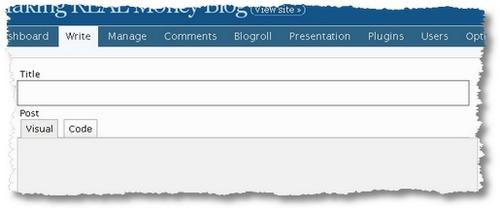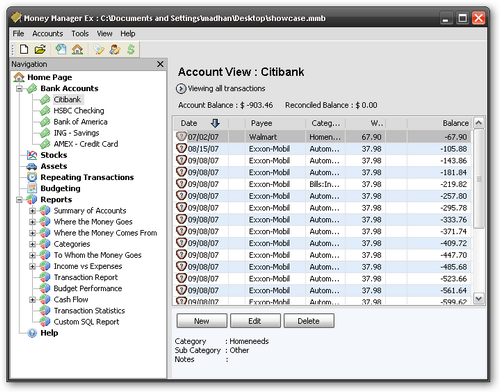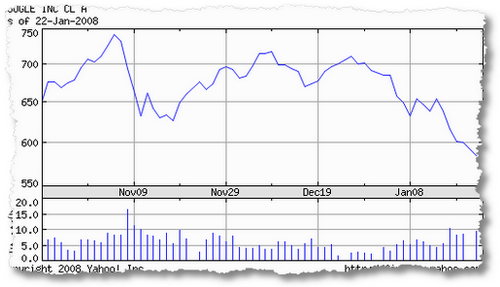This page takes you through the different products that will get you started on blogging. I’ve used many of them myself, and recommend each of the tools that is currently linked below.
Step 1: Getting Started – Basic Reading
Blogging To The Bank – This is a popular book that provides a system for encouraging bloggers and webmasters to earn. Spending the money on this blogging book could save months of frustration and failure as Rob Benwell takes you through his insiders method for blogging that helped him to earn up to $34K per month! Why wait? Order “Blogging to the Bank” now.
Blogging for Dummies – What is Blogging? The perfect companion to WordPress for Dummies or those thinking of using another blogging platform. Though more generic it covers much of the same ground but with a platform neutral view. Order “Blogging for Dummies” now.
Problogger: Secrets for Blogging Your Way to a Six-Figure Income offers a great book as well as an active website that teaches the basics of blogging. Problogger will teach you how to select the subjects that works for you, how to evaluate and direct your blog’s success, how to keep content fresh and exciting, and how to develop income sources from your blog. Order “Problogger’s Secrets” now.
There are other books on blogging these days, so check these out as well.
Step 2: Finding Hosting
There are thousands of hosts on the web nowadays. Some good, some not. If you don’t have a host already checked out, you can look at these two companies. I’ve hosted InvestorBlogger almost continuously on Dreamhost. I have also used several others, but quite liked BlueHost for the way they used CPanel. Overall, I’d say Dreamhost is easier to use.
Dreamhost Hosting – This is the first company I used and the deal is a great deal. For Blogging, this company offers two types of setup: easy and advanced. Truthfully, advanced isn’t much more complicated than easy mode. But there are a lot of advantages: FTP access, generous bandwidth, lots of great features, … Order Your Dreamhost Plan now.
BlueHost – is a suitable alternative and offers a lot of power, space and flexibility for the blogger. You get 1,500GB of space, 15,000 GB/mo of bandwidth, simple install of WordPress, FTP access, and a bunch of other great features that you can use as well. Order Your BlueHost Plan now.
Step 3: Installing WordPress
WordPress for Dummies – This book introduces the WordPress platform as a basis for blogging. It will take you through choosing a host, setting up a domain and install, personalizing your format, theme, writing and plugins, and much more. It’s the perfect companion to WordPress that I wish I’d had when I started InvestorBlogger three years ago. Order “WordPress for Dummies” now.
WordPress.org provides a free download that you need to decompress, and upload to your hosting company server in the main folder of your URL, like “mydomain.com” or wherever you decide to host the blog. Download Your WordPress now.
You shouldn’t have to pay for your WordPress download, though you might need a little help installing it the first time!
Step 4: Start Blogging
Learning the craft of blogging is the next step as you familiarize yourself with the technology of blogging, the craft of blogging and the art of building an audience. You can read my own basic series or one of the other suggested readings below.
Further Reading: There is also a short series of posts on this blog that takes you through the steps of setting up, managing and posting your first blog posts called Getting Started With WordPress.
Step 5: Tricking Out Your Blog
Themes for WordPress – When you download the theme, or buy hosting with WordPress included, you will likely get tired of the standard themes quickly. Then it’s time to trick out your blog with a new theme, esp. one that isn’t used on thousands of other sites! Buy your new theme now.
Step 6: Monetizing Your Blog
OIOPublisher plugin – This plugin offers you a realistic and very manageable way to earn your own money from your blog. It allows you to sell all manner of advertising on your blog, and keep 100% of the income for yourself. It’s got a Paypal Module, a Tracker Module, an in-built Ad Manager Module, and much more. Order “OIO Publisher Plugin” now.
Adsense – This has been a great way to start earn money on my sites. I quite like the simplicity of this system, and the responsive of the ads. However, you may find that the earnings are pitifully small compared to others, and if you forget to make sure your site complies with Google’s Adsense TOS, you may find that your account is closed.
Step 7: Keep Checking This Page
I’ll be adding more great offers, great tools and much more useful information for this page in the future, so don’t forget to bookmark the page!
Updated 11/3/2013.


